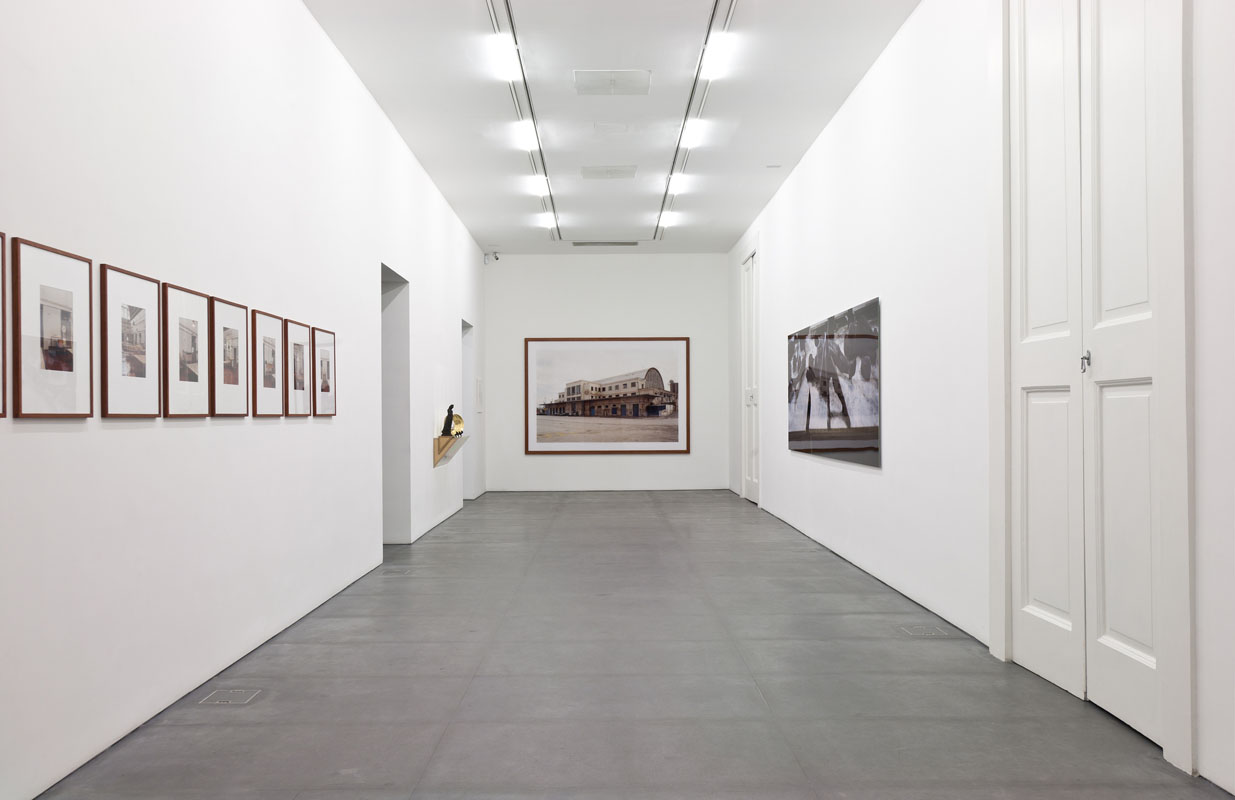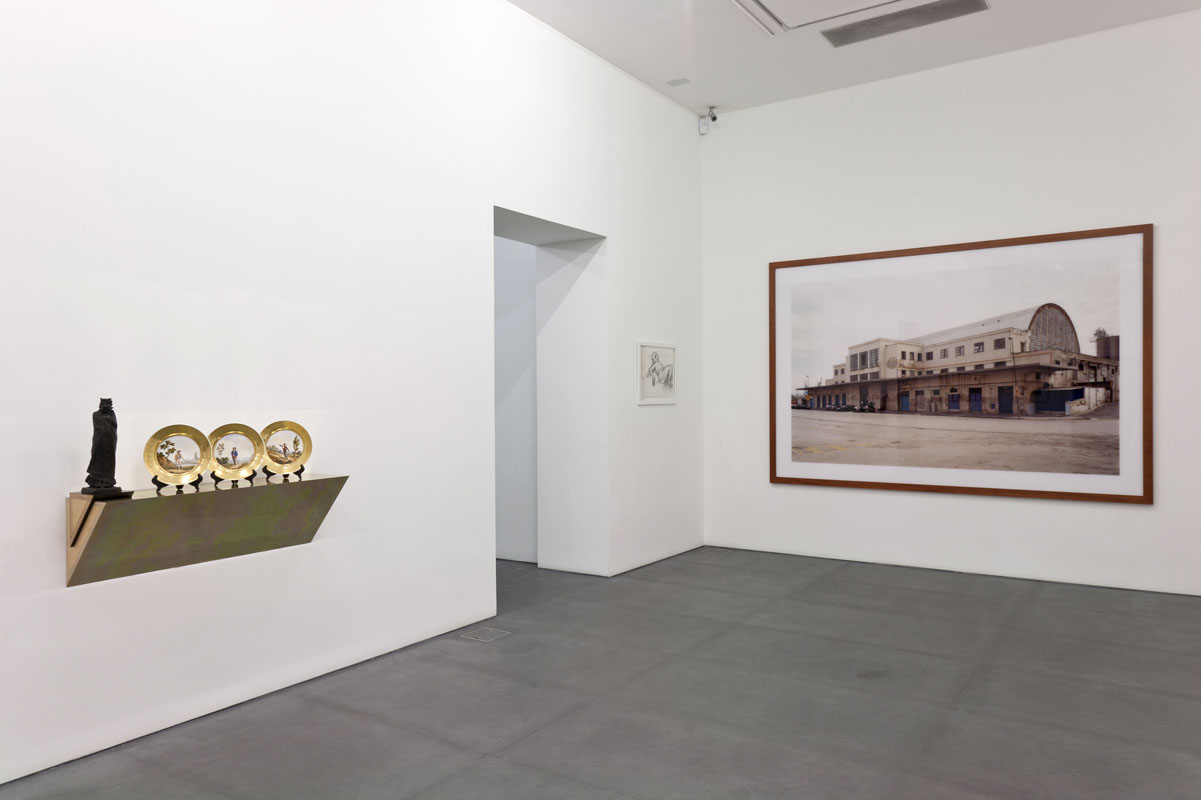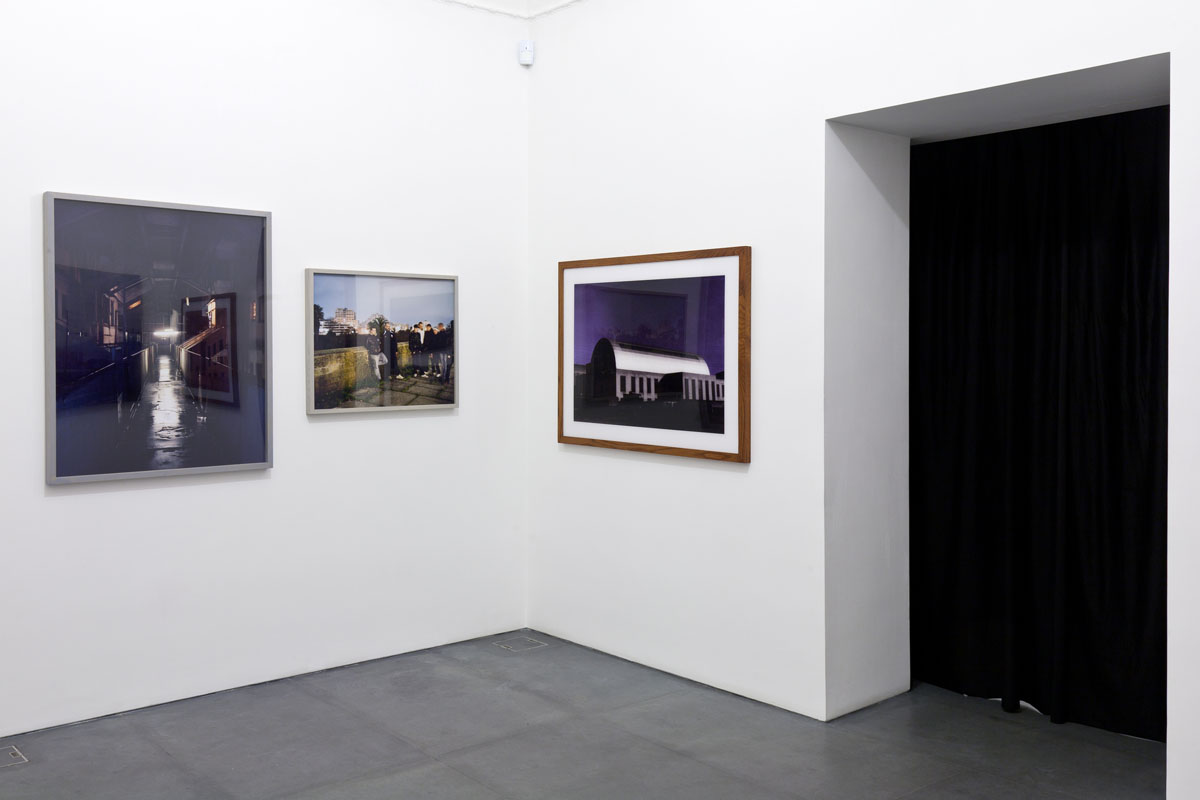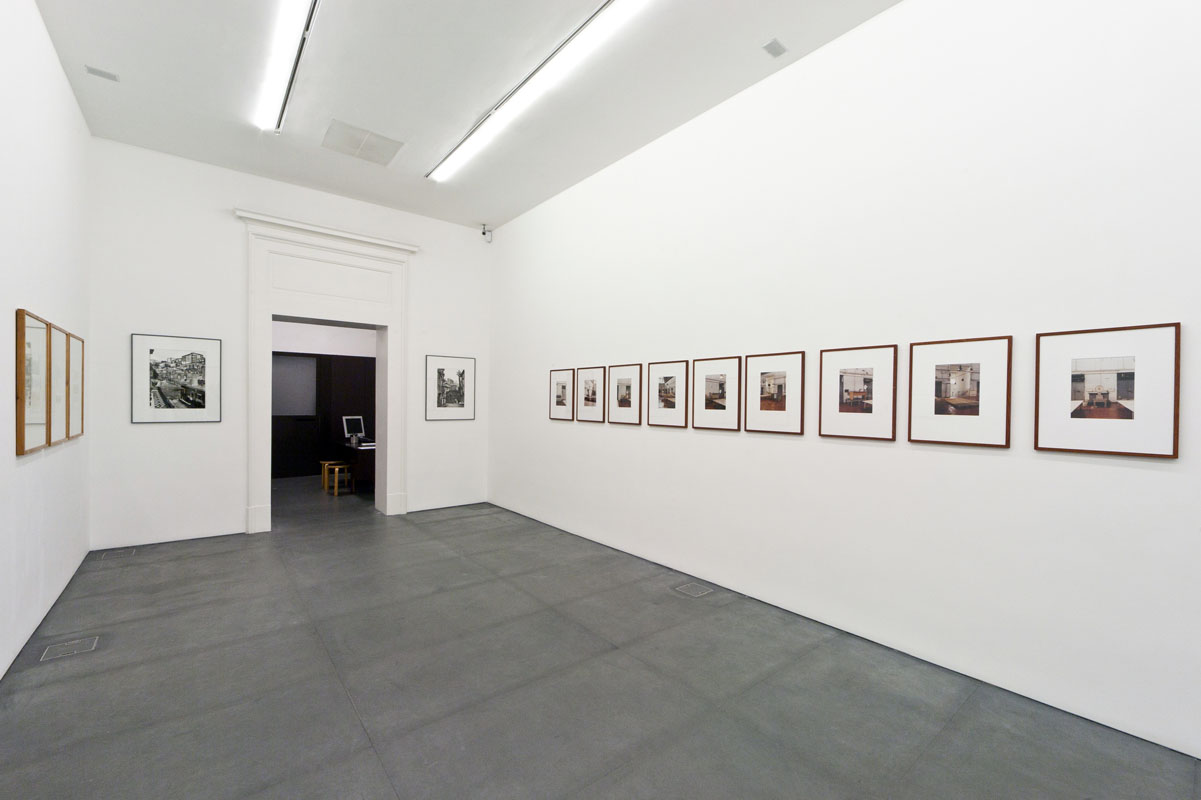To mark the Giornata del Contemporaneo 2012 (Contemporary Art Day 2012), an event organised by AMACI (Association of Italian Contemporary Art Museums) and devoted to contemporary art and its public, the Lia Rumma Gallery is pleased to present the exhibition Contorni di Napoli (Profiles of Naples), a collective of artists who in the past, and more recently, have focused their gaze on the city. The title refers to a work of 2009 by William Kentridge entitled Contorni di Napoli, part of a corpus of work produced by the South African artist for the exhibition Strade della città (Streets of the city) (2009), but, above all, it calls to mind travel writing and the accompanying maps made in modern times to describe the city. The artist intervenes ironically on this iconographic material which portrays the city canonically, though with a highly sensual note, as a woman lying down on the seashore, her breast coinciding with the crater of Vesuvius. From his work Contorni, Kentridge extends his focus to take in the whole of the Naples area, through the use of a fragment with the mountains of Basilicata taken from a magnificent late eighteenth century manuscript map as the background to the work L'incidente è Chiuso (The episode is over) 2009. The concise and seemingly light and playful perspective of Kentridge, aimed at creating a dialogue with the historic city, contrasts with the analytical eye, usually of a highly cinematographic nature, of Tobias Zielony in the project 'Vele', which observes and explores the ruins and dark sides of the city we inhabit. The projection of the video animation by Zielony entitled Le Vele di Scampia (The ‘Sails’ of Scampia buildings), 2009 (9'16'') alternates in the exhibition with sequences from the video Degli infiniti mondi (Of infinite worlds), 2001 (9'40'') dedicated by Franco Scognamiglio to the construction of the memory system and the trial of the philosopher Giordano Bruno of Nola. The ferocity of dissection used in the anatomical theatre, which represents the courtroom of the Inquisition, is associated with the ruthless clarity of the laws that regulate old and modern coercive systems.
Thomas Ruff in 2003 and Vanessa Beecroft, with a performance in 2010, presented the world – and the city which was unaware of it – with the enchantment and potential of the manifesto of modern architecture in Naples: the magnificent building of the Fish Market, built by Luigi Cosenza in 1929-32. Ruff plays with symmetry, tables and scales in the splendid trading floor. In particular, he shows us, through the digital processing of archive images, the building as it might become if it was eventually “restored” to its original state. By contrast, Vanessa Beecroft creates a timeless portrait of the city which is identified with its volcano. By assembling a sculptural group made up of forty three models painted black, fragments and plaster casts of the same models, the artist conjures up the images of the bronze statues from Pompeii which rise up from the ground, together with the unmistakable profile of the mountain, also portrayed by Ettore Spalletti in his work Vesuvio, tuttotondo, azzurro (Vesuvius, in the round, blue), 2010. These more recent works are displayed in the exhibition alongside others; the ‘historic’ works of Joseph Kosuth (Praxis 1, 1975), a reflection on the nature of art, and a definition of the artist’s relationship with reality translated into Italian and even into Neapolitan dialect; the “objectivising” gaze of the urban portraits of the city in the eighties by Thomas Struth (Via del Parco Margherita - Napoli, 1988 and Vico dei Monti – Napoli, 1988); Corporate Landscape by Clegg & Guttmann, (Untitled Neapolitan Landscape 5, 1988), an image of a man-made space built by power and an image of economic power, it is a reference to the genre of landscape painting, while the linguistic and minimalist procedure of Haim Steinbach consists of elements that are both evocative and ironic– as reflected by the very title of the work Capri Suite 1 (1987). Lastly, the photograph VB26.011.ALI portrays the first performance by Vanessa Beecroft in the city that took place in the original premises of the Lia Rumma Gallery in 1997.
The relationship between the artist and the city, in the constant conviction that art overlaps with “the creation of meaning” (Joseph Kosuth), becomes a concrete reality in a link that is crucial for everyone: for art which is situated in the spatial relationship with its audience, for the public who discover new issues and ideas from art about the places they walk through and inhabit every day.
Mostra collettiva
Contorni di Napoli















